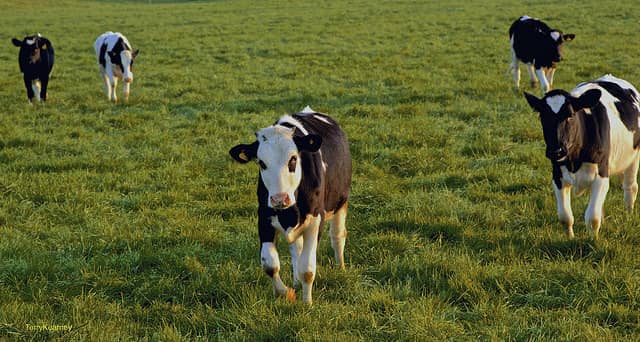Most farm animals will need to be transported at some point in their lives. The vehicle that you use and the regulations you would need to adhere to are dependent on vehicle journey times. The crux of the issue is that you cannot transport animals in a way that will cause them injury or undue suffering. Regulation can differ depending on the type of livestock you are transporting, such as poultry, beef cattle and dairy cows and sheep.
Guidelines for Transporting Livestock

Local councils are responsible for enforcing animal welfare during transportation legislation. They employ trading officials that ensure that the vehicle and equipment used are fit for purpose and if any part of the procedure falls foul of legislation they can enforce disciplinary procedures including prosecution.
In order to transport livestock you would first have to ensure that the animals are in a fit state to travel as this will ensure that the risk of injury is kept at a minimum. You would need to make a judgment call based on a variety of factors, such as injuries and the severity of them, whether the animal is pregnant and the stage of pregnancy and the age of the animal.
Secondly, the type of vehicle that you use is dependent on the length of the journey, with longer journeys requiring vehicles that comply with stricter regulations. For example, if your journey is eight hours or less, you can use a “basic” vehicle to transport livestock in. For longer journeys of over eight hours, the vehicle needs to meet certain requirements, such as the temperature never exceeding 35 degrees Celsius. If you are transporting young animals you will have to provide bedding and the steepness of the ramp used for loading and unloading is limited. You also need to ensure that the animal has necessary floor space and that the vehicle is of a sufficient height, that the animals are well fed and watered throughout the journey, and that the journey is properly planned to avoid unnecessary delays that will extend journey time. The person whose duty it is to handle the animals should have the appropriate experience to minimise the possibility of injury when they are being transported. The need to provide food and water is dependent on the type of livestock and the journey time.
You must ensure that you have the relevant documentation with you when you are transporting the livestock. These documents must state the animals’ origin, the expected length of the journey, the destination and where they began their journey from. You should also ensure you have details and the relevant authorisation for whether it is a short journey or a long journey and certificate of competence.
You can find out more about the relevant documentation you will need and regulations on the GOV.UK Live Transport: Welfare Regulations page.
Tradex is a leading provider of Courier Insurance. Whether you deal with your average everyday parcel deliver or you transport livestock, our friendly advisors will be able to assist you with ensuring that your activities are fully covered for any eventualities.
Image c/o Terry Kearney